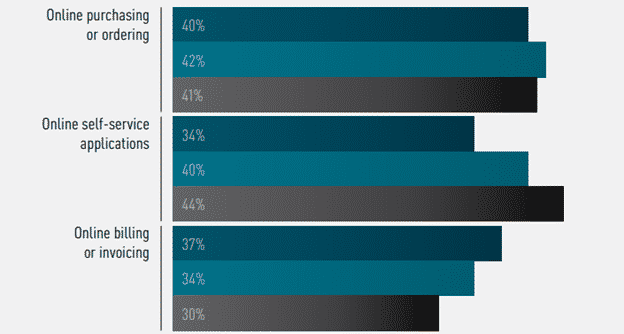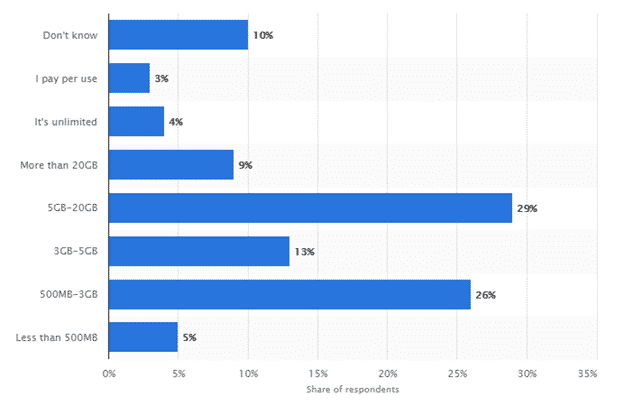Over the next year, almost half of all Australians expect their carrier to provide self-service facilities.
Telecommunication companies, including Australia’s top network providers like Telstra, Optus, and Vodafone, are leveraging the self-service concept to provide around-the-clock customer support. Self-service facilities provide customer support in a variety of ways, such as web portals for frequently asked questions, while others guide customers through a purchase or the support process.
According to the HDI Support Center Practices & Salary Report 2013, 72 percent of people would prefer to use a self-serve portal than make a phone call for support.
People Prefer Self-service
According to the Telstra Annual Report 2018, almost four million Telstra customers use the telco’s 24X7 self-service app, which is a 22% year-on-year increase. This app allows customers to self-manage their services and account from their mobile devices and tablets. Telstra is striving to make the app even easier and more intuitive to use.
Similarly, a sizeable number of Optus’ customers choose to use the carrier’s online self-service capabilities. According to the Optus Future of Business Report, 45% of study respondents believed customers expect telcos to offer online self-service applications within the next three to five years. 40% believed their customers anticipated they should already be providing self-service facilities.
Customers expect their telco to provide self-service apps. Source
Why customers prefer self-service apps or websites to manage their phone plans
Self-service facilities provided by telcos contain many convenient functions for customers. The app’s dashboard layout allows customers to get all the basic information about their plan at a glance. Dashboards show data usage information, the number of days left until the plan renews, and more.
Graphs and visuals in these apps make it easy and intuitive for anyone to use them confidently. People can use these apps to track the status of their phone plans, allowing them more control over their usage.
According to a survey, 29% of Australians with a smartphone had a monthly data allowance of at least five gigabytes but less than 20 gigabytes.
Monthly data use of smartphone users. Source
However, according to a Deloitte’s Mobile Consumer Survey 2018, nearly half of Australians regularly exceed their data limits at a cost of $313m per year. Almost 43% of Australians are exceeding monthly data caps fairly often or very often.
With self-service apps, customers can find out how much data they have left and can control their data usage habits accordingly. For multiple services with the same network provider, such as phone services and mobile broadband, most apps or websites will show detailed information for both accounts in one.
Most of these self-service apps allow customers to update information on their profile. Customers can log into the website, and can perform some functions on the account, which are very easy to do. Using a self-service mobile app from the telco allows customers to manage activities in a single tap.
The apps also allow customers to find more information about the services provided by their network provider and to reach out to customer support. The phone’s location can be used to accurately and easily locate the nearest store.
In addition to these facilities, it’s possible to turn functions on and off. Commonly used options, such as international call packs, extra data packs, data gifting, and activating international roaming, can be activated using online self service. Phone bills can be viewed and paid within the app by setting up a direct payment method through their secure connection. Pre-paid customers can top up via the app within a few clicks.
Choosing Online
Customers who prefer online self-service facilities have high expectations. As a result, telecommunication companies who want to stay ahead of the completion and want to increase their customer satisfaction rate should focus on their self-service facilities. More than half of customers believes their service providers would prefer them to adopt online self-service facilities.
Mobile self-service gives customers more control over their accounts, and provides an easy way to manage important features. Providing self-help facilities can also free up the phone line for customers who need further intervention, reducing wait times.
Online self-service is a big part of most phone plans, and customers could be missing out on the additional control over their plan that self-service affords if they choose not to utilize their telco’s self-serve options.

